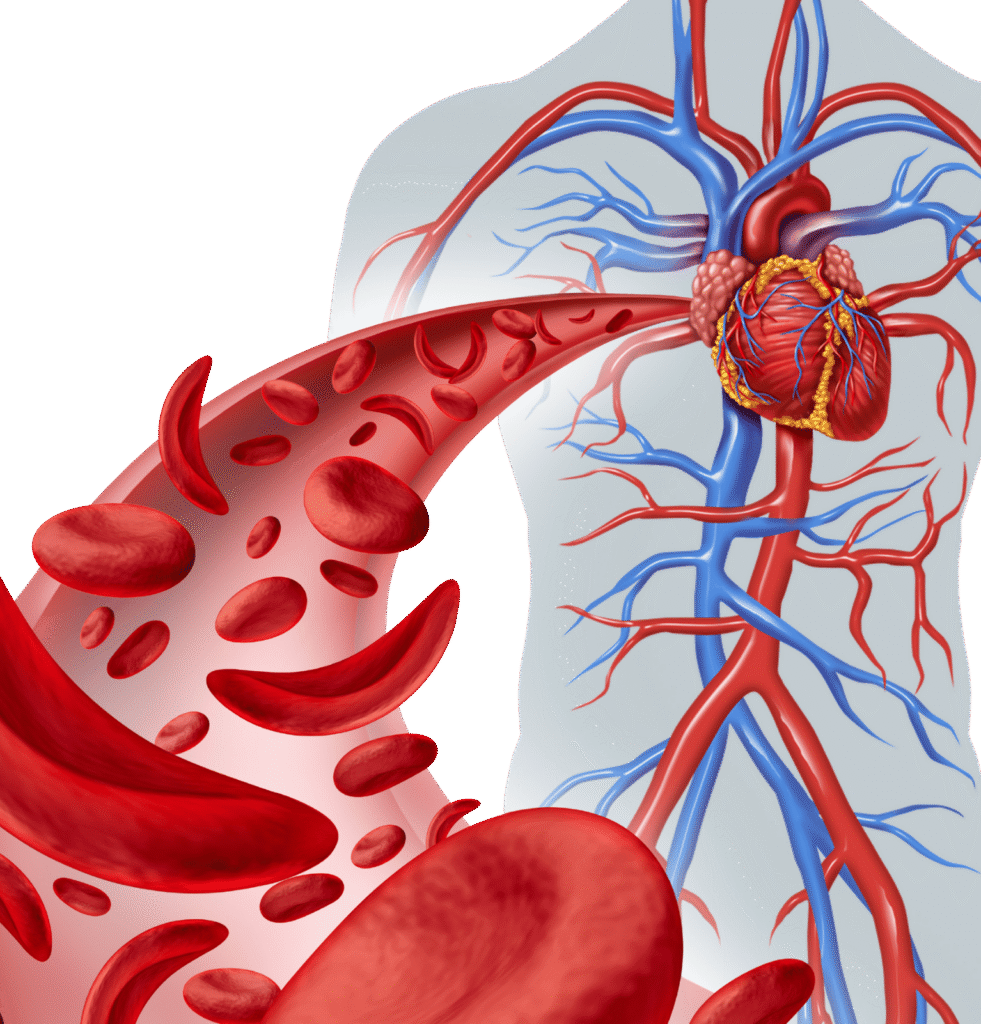Diagnosis of Inflammatory Diseases
"Diagnosis of Inflammatory Diseases" involves identifying conditions characterized by inflammation as a primary pathological process, where the body's immune system mounts a response that, while sometimes protective, becomes excessive, prolonged, or inappropriately directed against its own tissues. These diseases are often chronic and can affect various organ systems.
Key Principles of Diagnosis
Unlike infections, where inflammation is a response to an external pathogen, inflammatory diseases can arise from autoimmune reactions, genetic predispositions, environmental triggers, or unknown causes
- Clinical Presentation: Patients present with symptoms related to inflammation in affected organs (e.g., joint pain and swelling in arthritis, abdominal pain and diarrhea in IBD, skin rashes in psoriasis). Systemic symptoms like fatigue, fever, and malaise are also common.
- Exclusion of Infection: A critical step is often to rule out an infectious cause, as infections can mimic inflammatory diseases and require different treatments.
- Laboratory Markers of Inflammation: Blood tests can indicate the presence and severity of inflammation, though they are often non-specific.
- Specific Biomarkers/Autoantibodies: For autoimmune inflammatory diseases, detecting specific autoantibodies is often key.
- Imaging and Biopsy: To visualize affected tissues and confirm inflammation and damage.

Key Diagnostic Methods for Inflammatory Diseases:
Unlike infections, where inflammation is a response to an external pathogen, inflammatory diseases can arise from autoimmune reactions, genetic predispositions, environmental triggers, or unknown causes
General Markers of Inflammation (Non-Specific):
These tests indicate that inflammation is present somewhere in the body, but they don’t pinpoint the cause or location. They are useful for screening, monitoring disease activity, and assessing treatment response.
- C-Reactive Protein (CRP):
- Purpose: An acute-phase protein produced by the liver in response to inflammation.
- Clinical Importance: Levels rise rapidly in response to inflammation (e.g., infection, autoimmune flares, tissue injury). It’s a sensitive, but non-specific, marker of inflammation. Used to monitor disease activity in conditions like rheumatoid arthritis, inflammatory bowel disease.
- Erythrocyte Sedimentation Rate (ESR):
- Purpose: Measures the rate at which red blood cells settle in a tube in one hour. Inflammation causes red blood cells to clump together and fall faster.
- Clinical Importance: Another non-specific marker of inflammation. Often used alongside CRP. Elevated in many inflammatory conditions.
- Complete Blood Count (CBC) with Differential:
- Purpose: Can show changes related to chronic inflammation.
- Findings:
- Anemia of Chronic Disease: Mild to moderate anemia is common.
- Leukocytosis: Elevated white blood cell count (especially neutrophils) can indicate inflammation.
- Thrombocytosis: Elevated platelet count can occur in chronic inflammation.
Imaging Studies
- Purpose: To visualize inflammation and damage in affected organs.
- Examples: X-rays (for joint damage in RA), MRI (for inflammation in brain in MS, or bowel in IBD), Ultrasound (for inflamed joints).
Biopsy
- Purpose: To directly examine tissue for signs of inflammation and cellular infiltration. Often definitive.
- Examples: Synovial biopsy (for arthritis), bowel biopsy (for IBD), kidney biopsy (for lupus nephritis), skin biopsy (for inflammatory dermatoses).
Specific Biomarkers and Autoantibodies (for Autoimmune Inflammatory Diseases):
These tests help identify the specific type of autoimmune disease by detecting antibodies that mistakenly target the body’s own tissues.
- Antinuclear Antibodies (ANA):
- Purpose: A screening test for many autoimmune diseases. Detects antibodies that target components within the cell’s nucleus.
- Clinical Importance: Positive in Systemic Lupus Erythematosus (SLE), Sjogren’s Syndrome, Scleroderma, Polymyositis/Dermatomyositis, and sometimes in other conditions. A positive ANA requires further specific testing.
- Rheumatoid Factor (RF) and Anti-Citrullinated Protein Antibodies (ACPA/anti-CCP):
- Purpose: Specific markers for Rheumatoid Arthritis (RA).
- Clinical Importance: RF is less specific (can be positive in other conditions), but anti-CCP is highly specific for RA and can be positive early in the disease.
- Anti-Neutrophil Cytoplasmic Antibodies (ANCA):
- Purpose: Used to diagnose certain types of vasculitis (inflammation of blood vessels).
- Types: c-ANCA (cytoplasmic pattern, often anti-PR3) and p-ANCA (perinuclear pattern, often anti-MPO).
- Clinical Importance: Positive in conditions like Granulomatosis with Polyangiitis (GPA) and Microscopic Polyangiitis (MPA).
- Anti-Tissue Transglutaminase (tTG) IgA, Endomysial Antibodies (EMA) IgA, Deamidated Gliadin Peptide (DGP) IgA/IgG:
- Purpose: Specific markers for Celiac Disease.
- Clinical Importance: Used for screening and diagnosis of Celiac Disease.
- Inflammatory Bowel Disease (IBD) Markers:
- Fecal Calprotectin: A protein released by neutrophils in the gut; elevated levels indicate intestinal inflammation (useful for differentiating IBD from IBS).
- ANCA (pANCA) and Anti-Saccharomyces cerevisiae Antibodies (ASCA): Can help differentiate between Crohn’s Disease and Ulcerative Colitis, though not definitive.
- HLA Typing (Human Leukocyte Antigen):
- Purpose: Certain HLA genes are strongly associated with an increased risk of specific autoimmune diseases.
- Examples: HLA-B27 for Ankylosing Spondylitis and other spondyloarthropathies; HLA-DQ2/DQ8 for Celiac Disease.
- Clinical Importance: Used to assess genetic predisposition, but not diagnostic on its own.
Challenges in Diagnosis
Diagnosis of inflammatory diseases requires a careful integration of clinical findings, laboratory results, and often imaging and biopsy, guided by a high index of suspicion
Non-Specific Symptoms
Early symptoms can be vague and overlap with many other conditions.
Fluctuating Disease Activity
Symptoms and lab markers can wax and wane.
Exclusion of Infection
Ruling out infection can be challenging but is crucial.
Mimickers
Other conditions can present similarly to inflammatory diseases.

